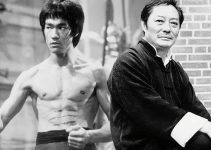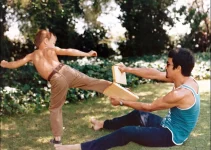In the martial arts world, Brazilian Jiu-Jitsu (BJJ) and Wing Chun are renowned for their unique philosophies and techniques. Both have their strengths and weaknesses, but Wing Chun is often favored by many. Let’s explore why this is the case.
What is BJJ?
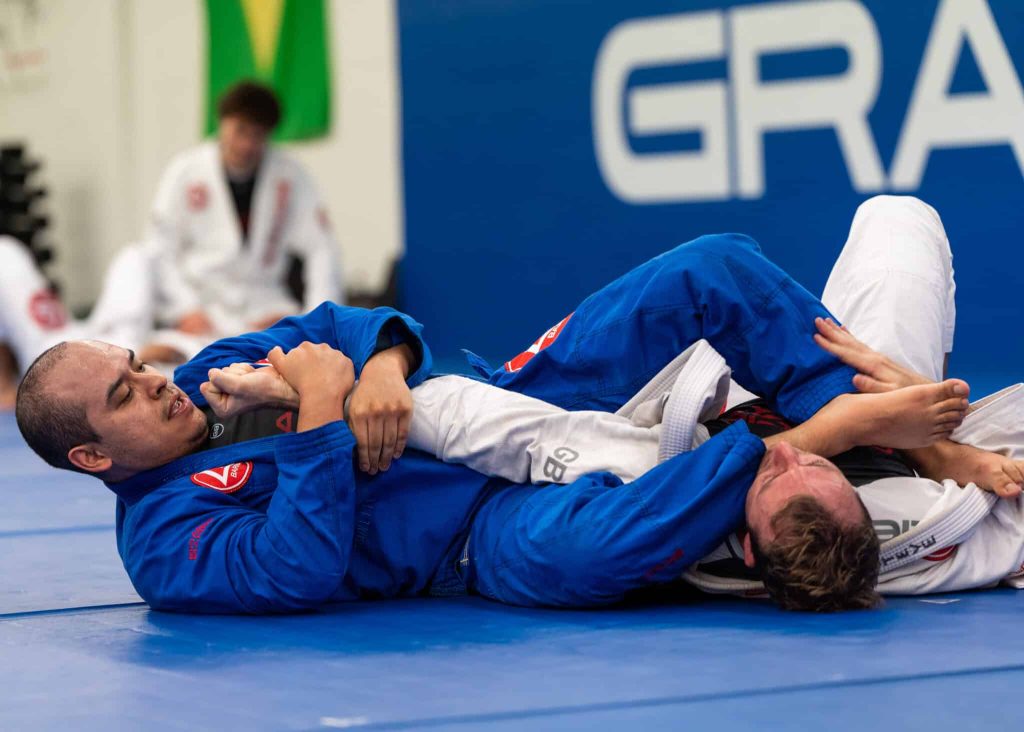
Brazilian Jiu-Jitsu (BJJ) focuses on ground fighting. Developed from Judo and Japanese Jiu-Jitsu, BJJ emphasizes locks and grappling techniques. The primary goal is to control the opponent using holds and submissions, enabling a smaller person to defeat a larger adversary through skill and leverage.
What is Wing Chun?
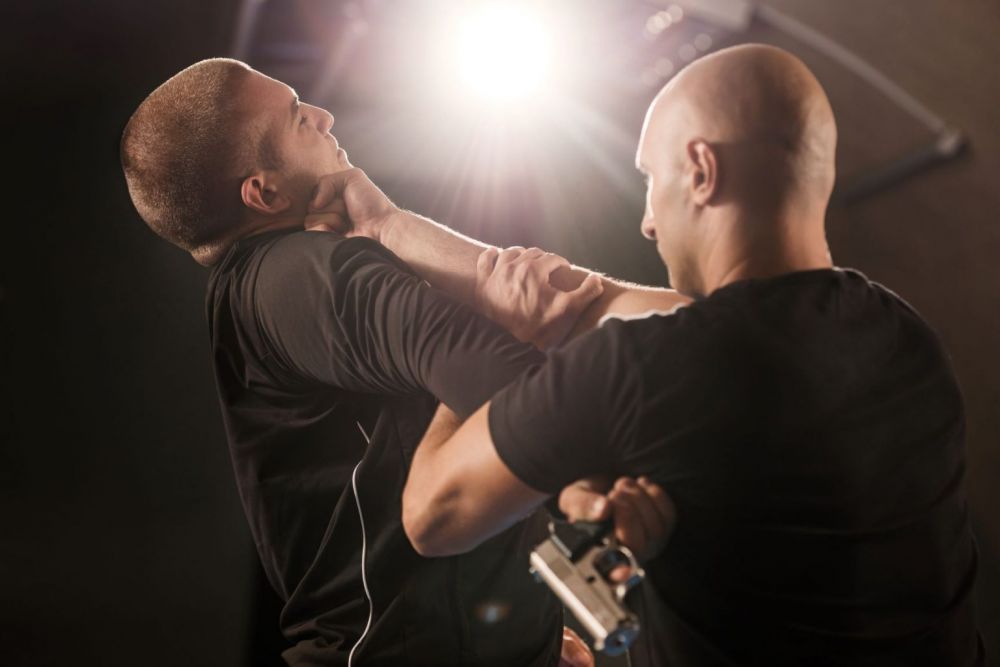
Wing Chun is a Chinese martial art known for its rapid and effective close-combat techniques. Designed for self-defense in tight spaces, Wing Chun emphasizes quick punches, kicks, and efficient trapping. A signature practice in Wing Chun is chi sao (sticky hands), which hones reflexes and sensitivity to an opponent’s movements.
1. Effective in Close-Quarters Combat
Wing Chun is designed to be effective in close-quarters combat. With swift punches, kicks, and locks, Wing Chun allows practitioners to handle opponents efficiently in confined spaces. This is crucial for real-world self-defense situations, such as in elevators, hallways, or crowded public areas.
2. Faster Learning Curve
Compared to BJJ, Wing Chun typically requires less time to achieve a basic level of proficiency. Its techniques are straightforward and direct, making it easy for beginners to learn and apply. This makes Wing Chun an attractive option for those with limited time but who still want effective self-defense skills.
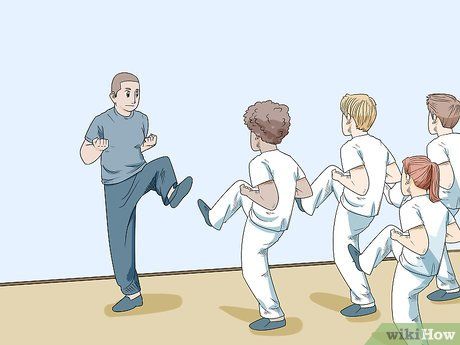
- Simplified Techniques: Wing Chun focuses on simplifying techniques, allowing students to quickly grasp and apply them. The direct punching and kicking motions are uncomplicated, helping beginners acclimate and master them rapidly.
- Structured Training System: Wing Chun features a clear, structured training system that progresses from basic to advanced levels, fostering gradual improvement. This system is designed to develop both self-defense skills and physical fitness.
- Shorter Training Time: Wing Chun can provide basic self-defense capabilities in a shorter time compared to BJJ. This is particularly valuable for individuals who cannot commit to extensive daily training.
3. Simultaneous Attack and Defense
Wing Chun is distinguished by its philosophy of simultaneous attack and defense. Techniques like chi sao (sticky hands) develop reflexes and control over the opponent swiftly and effectively. This provides a significant advantage in real-world combat scenarios, where speed and efficiency are crucial.
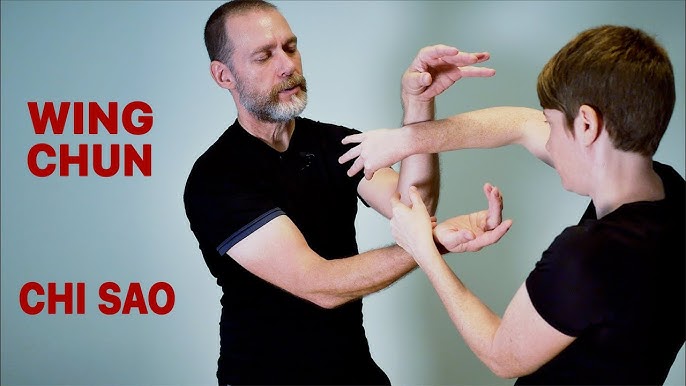
- Chi Sao (Sticky Hands): Chi sao is a unique exercise in Wing Chun that trains students to develop reflexes and sensitivity through contact. This drill enhances defensive skills and helps students identify and exploit opponents’ weaknesses.
- Quick Reflexes: Wing Chun emphasizes quick reflex development, enabling practitioners to respond promptly and accurately to attacks. This is highly beneficial in self-defense situations, where quick reactions are vital.
- Combined Techniques: Wing Chun encourages combining attack and defense in a single motion. This not only saves time but also makes the strikes more surprising and effective.
4. Adaptability and Versatility
Wing Chun is highly adaptable, allowing practitioners to apply techniques in various situations. This versatility makes Wing Chun suitable for different opponents and combat styles, from street fights to martial arts confrontations.
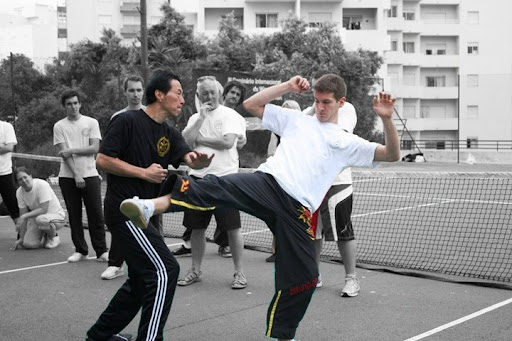
- Technique Diversification: Wing Chun is not confined to a rigid framework and continuously evolves with new techniques to handle different scenarios. This adaptability enables practitioners to respond flexibly to any situation.
- Real-World Application: Wing Chun emphasizes applying techniques in everyday situations. This includes self-defense scenarios on the street, in confined spaces, and against various types of opponents.
- Personal Development: Wing Chun allows students to customize techniques according to their style and capabilities. This personalization helps each practitioner develop a unique fighting style that suits their physical and mental attributes.
5. Martial Arts Philosophy and Mindset
Wing Chun is not only a system of techniques but also a martial arts philosophy. It teaches practitioners to use the opponent’s energy against them, fostering intelligent and creative combat thinking. These values are useful not only in martial arts but also in everyday life.
6. Injuries and Recovery

Both Wing Chun and BJJ carry the risk of injuries during training and competition. However, injuries in BJJ are often more severe and take longer to recover from. This is due to BJJ’s focus on locks and grappling, which can cause muscle strains, joint dislocations, or even fractures. In contrast, Wing Chun primarily focuses on quick strikes and defense, reducing the likelihood of severe injuries.
While BJJ is a highly effective martial art, especially in ground fighting scenarios, Wing Chun offers unique advantages in close-quarters combat, faster learning, simultaneous attack and defense, and a profound martial arts philosophy. These factors make Wing Chun a preferred choice for many seeking an effective self-defense method and martial arts training, while also minimizing the risk of severe injuries.

